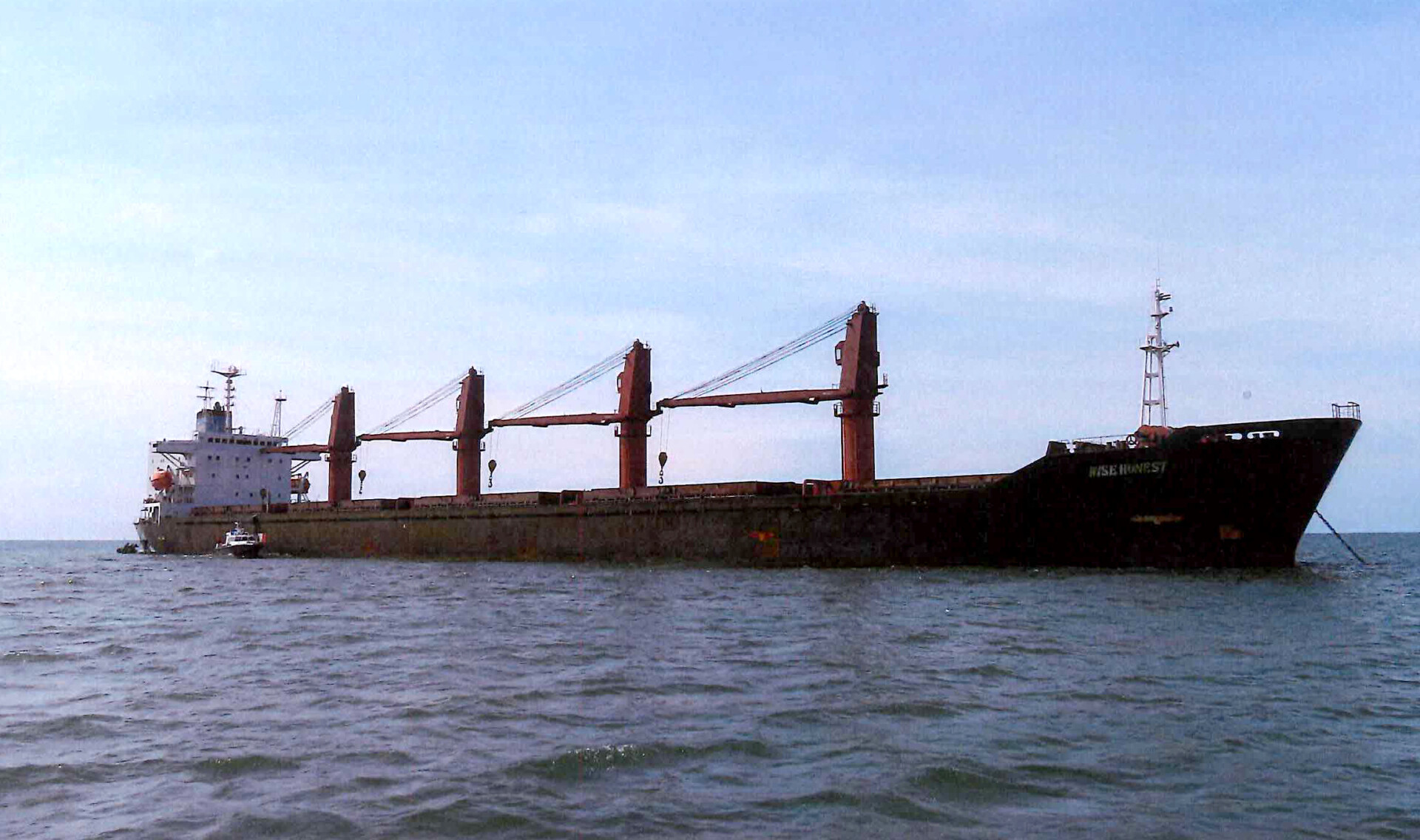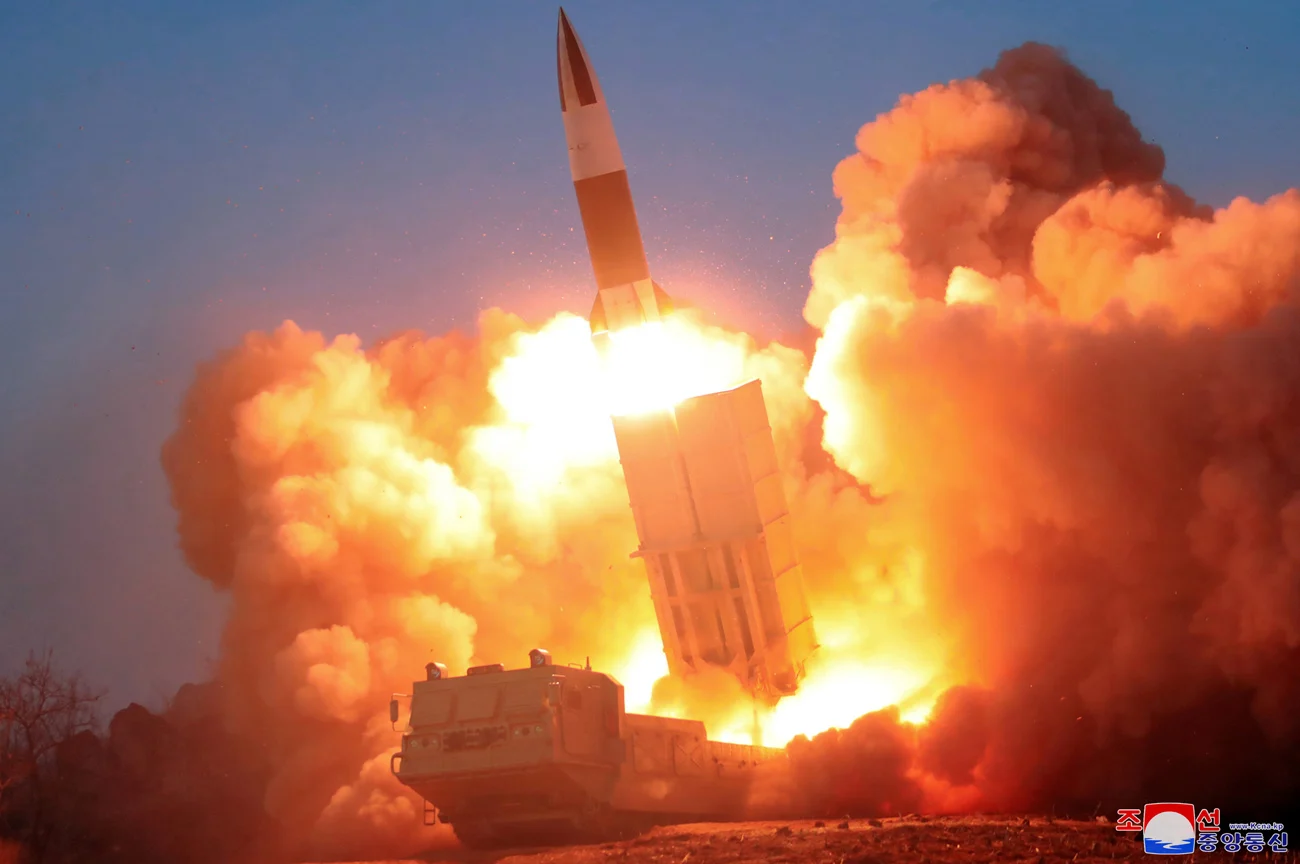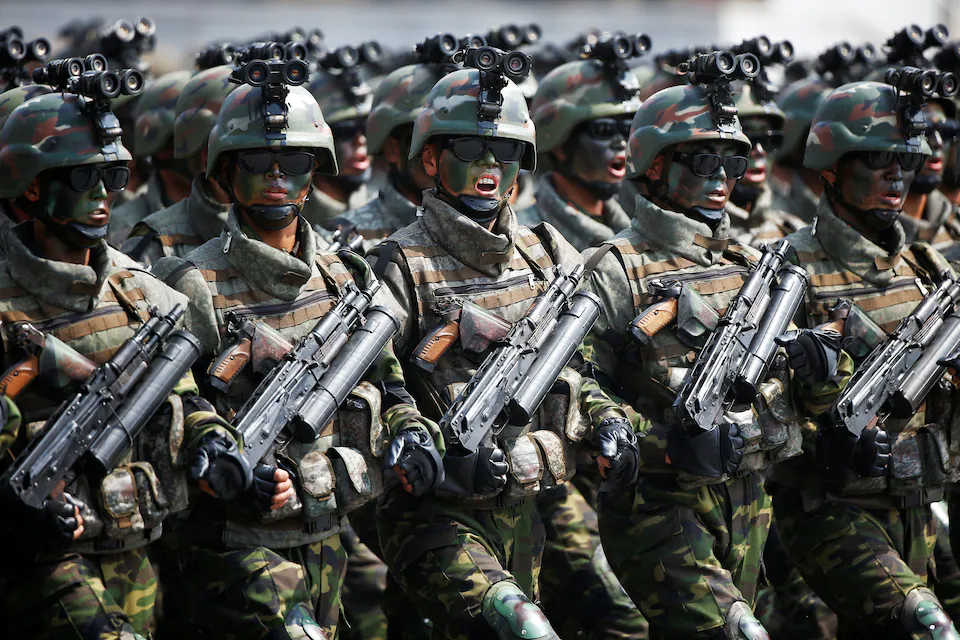North Korea may have sent ballistic and anti-tank missiles to Russia
The South Korea's Joint Chiefs of Staff (JCS) estimates about 2,000 containers of military equipment and munitions were shipped from Rajin, North Hamgyong Province, to Vladivostok in the Russian Far East, according to a senior official who spoke to reporters on condition of anonymity.
(DEFENCE SECURITY ASIA) — North Korea may have provided Russia with short-range ballistic missiles (SRBM) and anti-tank missiles for use in Ukraine, a senior South Korean military official said Thursday.
The Joint Chiefs of Staff (JCS) estimates about 2,000 containers of military equipment and munitions were shipped from Rajin, North Hamgyong Province, to Vladivostok in the Russian Far East, according to a senior official who spoke to reporters on condition of anonymity.
The figure provided by the official is drastically higher than the estimate of 1,000 containers offered by the White House on Oct. 13, based on satellite imagery taken in September.
The JCS believes that the containers could contain more than 200,000 rounds of 122-millimeter artillery shells or more than 1 million 152-millimeter shells, as well as other weapons, such as T-series tank ammunition, anti-tank guided missiles, rocket launchers, rifles and even possibly SRBMs.
“Signs of North Korean weapons supplies to Russia have been detected since mid-2022, and arms trading via maritime shipping appears to have increased in August, just before Kim Jong-un’s visit to Russia,” the official said.

JCS monitoring of the North has detected an uptick in North Korean ships traveling to Russia since the North Korean leader met with Russian President Vladimir Putin in a rare summit at the Vostochny Cosmodrome spaceport in the Russian Far East in September, according to the official.
While North Korean vessels were observed traveling to Russia once a week in August and September, that frequency has risen to once every three to four days since Kim and Putin’s summit, according to the JCS.
That observation matches ship movement patterns captured by commercial satellite photography, as reported by Voice of America on Monday.
Satellite images analyzed by VOA show that ship arrivals at Rajin are usually presaged by the appearance of stacks of shipping containers, while departures are marked by the absence of such cargo on the docks.
The official who spoke to reporters on Monday said that shipping containers measuring 6 meters (19.6 feet) long and 2.5 meters wide have been identified across the North, including areas of the country that border Russia.
According to the official, Russia could eventually provide technological support for the North’s military spy satellite program, nuclear weapons development, aircraft manufacturing and air defense systems.

“We expect North Korea to initially receive food and fuel ahead of winter to maintain regime stability, but [the two countries] are then expected to discuss further military technology transfers, support for the modernization of [the North’s] conventional forces and joint training later on,” the official said.
In a closed-door audit held yesterday, Seoul’s spy agency told lawmakers from the National Assembly’s Intelligence Committee that the North is currently in “end-stage preparations” to conduct its third attempt at launching a military spy satellite into orbit.
North Korea had said that it planned to carry out its third attempt to launch a spy satellite into space last month. The North’s previous attempts in May and August failed.
The official who spoke to reporters on Thursday said that the JCS has “observed North Korean checks on the satellite launch vehicle engine and propulsion system as part of the final preparations” but noted that it was “too early” to predict the timing of the launch.

In a video conference with commanders from all three branches of the South Korean armed forces on Thursday, Defense Minister Shin Won-sik called on the country’s military to maintain its readiness against potential North Korean “provocations” meant to divert domestic attention from the regime’s ongoing food crisis.
“There is a high chance that North Korea may carry out provocations to divert domestic dissatisfaction regarding its food shortage and economic crisis to the outside world,” Shin said.
Shin also said the South Korean military should adopt a more active posture to deter attacks by the North, which he criticized along with a 2018 inter-Korean military agreement signed by the previous Moon Jae-in administration to reduce the risk of escalation from border clashes.
“Although some believed North Korea could change, that belief turned out to be a total fantasy,” Shin said. “Even though the enemy didn’t change, we have unilaterally been on the defensive.” — DSA

DEFENCE SECURITY ASIA APPS
To advertise contact: haikalhamas73@gmail.com


Comments are closed.